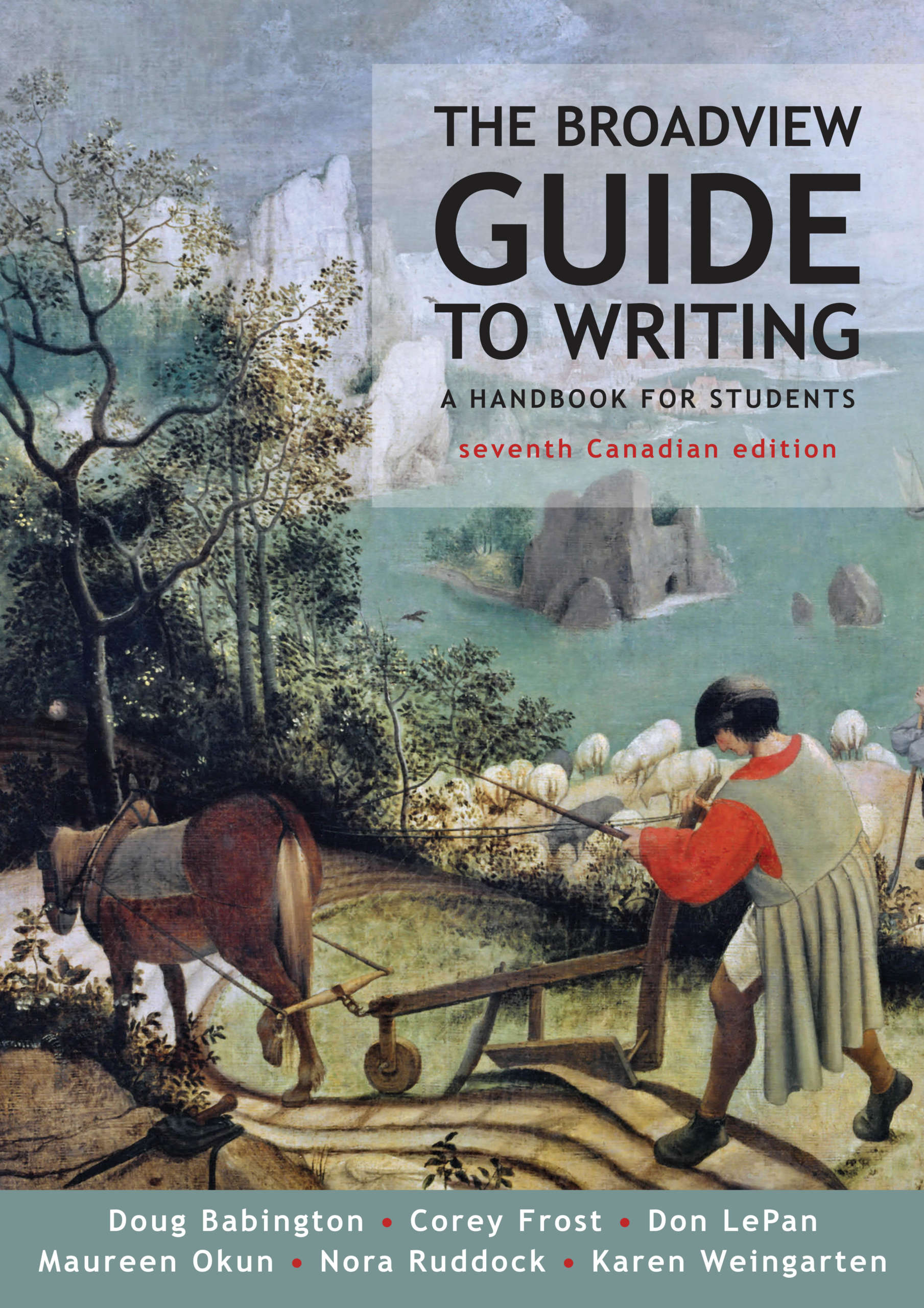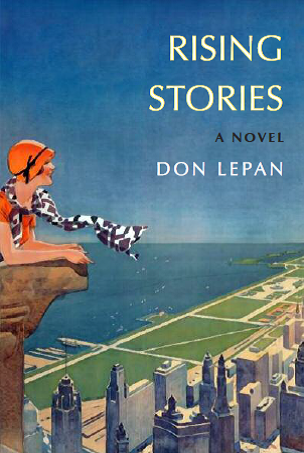Long sentences have their own unique effect. They’re loosely structured so they’re inherently ambient and atmospheric. They’re impressionistic. They’re useful for depicting dreams, experiences of drug and alcohol abuse, intense emotion, and observational scene setting. They’re often called freight train sentences.I know just what Koerber and Allen are talking about here; as a fiction writer given to the free indirect style, I use many such sentences. Here’s one from the first chapter of Rising Stories: A Novel:
Carol could see that Robin was close enough to grab hold of Hope, that Hope would not fall, that Hope would not die, that life could be as it had been and that never again would she leave them alone and that never again would she and Carl…, it would be all right, Robin’s hand was there, Robin was in time, Robin’s hand was at Hope’s and Hope was taking the hand.Sentences such as this in fiction can be an effective means of conveying a character’s train of thought—and sometimes that train is indeed a very long freight train.
But Koerber and Allen don’t specify that their generalizations are meant to apply to a certain sort of long sentence only. Quite the opposite. Their claim is that long sentences are “inherently” like this; later in the same section of the book they make it very plain that what they are saying as to the “rambling, flowing feeling” of long sentences applies to long sentences in expository writing too—including academic writing.
Anyone who has read anything of seventeenth- or eighteenth- or nineteenth-century expository prose in English knows that this is rubbish, of course. For a writer such as Samuel Johnson, the long sentence is a means not so much of expressing rambling and dream-like impressions as of organizing ideas. Much as his sentences are often long, they are anything but “loosely structured” or “inherently ambient and impressionistic”:
The desires of man increase with his acquisitions; every step which he advances brings something within his view, which he did not see before, and which, as soon as he sees it, he begins to want. Where necessity ends, curiosity begins; and no sooner are we supplied with everything that nature can demand, than we sit down to contrive artificial appetites. By this restlessness of mind, every populous and wealthy city is filled with innumerable employments, for which the greater part of mankind is without a name; with artificers, whose labour is exerted in producing such petty conveniences, that many shops are furnished with instruments of which the use can hardly be found without inquiry, but which he that once knows them quickly learns to number among necessary things.But perhaps complex structures and complex ideas in a long sentence are a thing of yesteryear; perhaps in the twentieth and the twenty-first centuries we have moved beyond that stuffy old balance and parallelism. If so, someone forgot to tell acclaimed scholarly writers such as Martha Nussbaum:
I now return to Whitman, for I have come round to several themes that lie at the heart of his poetry: the pain of social exclusion; the relationship between the exclusion of the homosexual and other exclusions based on gender and religion and race; the interest all citizens have in liberty, erotic and otherwise; and the importance of fostering a rationality that can “see into“ that interest, with what Whitman called the poet’s “soul of love and tongue of fire.”And someone forgot to tell Barack Obama:
We believe in a generous America, in a compassionate America, in a tolerant America open to the dreams of an immigrant’s daughter who studies in our schools and pledges to our flag; to the young boy on the south side of Chicago who sees a life beyond the nearest street corner; to the furniture worker’s child in North Carolina who wants to become a doctor or a scientist, an engineer or an entrepreneur, a diplomat or even a president.Granted, much expository prose today reads as if the writers take for granted what Koerber and Allen say about the long sentence being inherently rambling and loosely structured. In some cases, even tenured academics in English departments have shown themselves to be capable of such writing. “Loosely structured” would be a kind description of the following passage, which betrays virtually no awareness of the generally accepted conventions governing punctuation and grammar in English.
Like a status update on Facebook, the book that we carry signals who we are – or, rather, to be Lacanian, it functions in the imaginary realm as our image. And – why not? – we can indeed carry out a full tripartite Lacanian analysis of the role of the middlebrow text: in the imaginary, the book signals who we would like others to think we are: literary but not too literary, not a pointy-headed academic; in terms of the symbolic, the text can only have that meaning in a system of literary difference, of signifiers, of being neither lowbrow trash nor highbrow obscurity; then, in terms of the real, the inaccessible raw stuff of life, the book is still a commodity, a manufactured object of paper and ink and glue which, if we can’t make out the title or, from far off, even what the object is, has no meaning whatsoever. (Clint Burnham, “Middlebrow Lit and the End of Postmodernism,” in Paul Budra and Clint Burnham, eds., From Text to Txting: New Media in the Classroom [2012])Writing in the same volume, Philip A. Klobucar has his own problems with long sentences. Here he is discussing the fact that film-based media have become much more varied in the digital world:
These new signifying forms continue to elude common genre-based approaches in arts criticism, upending the very concept of the film arts as exclusive practices to include creative work in broadcasting, software production, and cellular data networks, not to mention critical studies in information economics, globalization, and science and technology theory.And here he is again, discussing scholarly work that has called for investigations of literary modernism to take into account material changes—new uses of type, and so on:
Specific to the first decade of the twenty-first century, writers Steve McCaffery (Prior to Meaning: The Protosemantic and Poetics), Barrett Watten (The Constructivist Moment, 2003), and Darren Wershler-Henry (The Iron Whim, 2005) all contend to varying degrees that research into experimental literary formalisms of the modernist period must consider changes in media technology – especially as they pertain to new typographic environments – to appreciate fully the aesthetic challenges posed by poets like Ezra Pound, Gertrude Stein, and Laura Riding Jackson, among others, to more traditional verse forms. Such studies tend to be categorized within the literary arts as material histories, acknowledging how different modes of representation in terms of media technology and design help determine a work’s cultural meaning. (Philip A Klobucar, "The ABCs Of Viewing: Material Poetics and the Literary Screen," in Paul Budra and Clint Burnham, eds., From Text to Txting: New Media in the Classroom [2012])Where to begin in critiquing prose such as this? If these are "freight train sentences," the trains in question are all either off the rails or in imminent danger of derailing. These are indeed "loosely structured" long sentences--and they are also unclearly structured. Let’s look at some of the verbal forms here. What does the participle “upending” connect to in the first quotation? It must be the “new signifying forms.” But in that case the forms are eluding one thing at the same time as they are upending another. What about the infinitive “to include”? What is doing the including? Those forms are at it again—eluding one thing as they upend another thing and include many other things, all in the same sentence. What about the participle “acknowledging” in the second quotation? Who is doing the acknowledging? Grammatically it must be the studies doing the acknowledging—yet the substance of the sentence suggests that it is those who categorize the studies as “material histories” who are doing the acknowledging. The participle “acknowledging,” in other words, is dangling, with no grammatical connection to its actual subject.
If Koerber and Allen have read a great many long sentences of this variety in their academic careers, they may perhaps be forgiven for reaching the conclusion that a long sentence is by its very nature loosely structured. Certainly their textbook—brand-new as it is—cannot have contributed to the evident lack of understanding among certain of today’s academics as to how to create highly structured, finely balanced, and readily comprehensible long sentences in expository writing. And I would argue in any case that, in any first edition of a textbook, the authors should be forgiven if they take a wrong turn or two. (Certainly there was a good deal to be forgiven in the first edition of The Broadview Guide to Writing—which, I should make clear, was written before co-authors Doug Babington and Maureen Okun came on board.) But what of textbooks that are now in their seventh or eighth editions, and that have been ubiquitous on college and university campuses over the past generation? To be more specific, what of “the Hacker”—A Writer’s Reference, by Diana Hacker (together with Nancy Sommers for recent editions)? There is surely a case to be made that the most influential writing handbook of the past twenty-five years should shoulder some of the blame for today’s defects in academic writing in general—and, in particular, for the ways in which many academics have become accustomed to structuring long sentences. But that’s a subject for another day.




